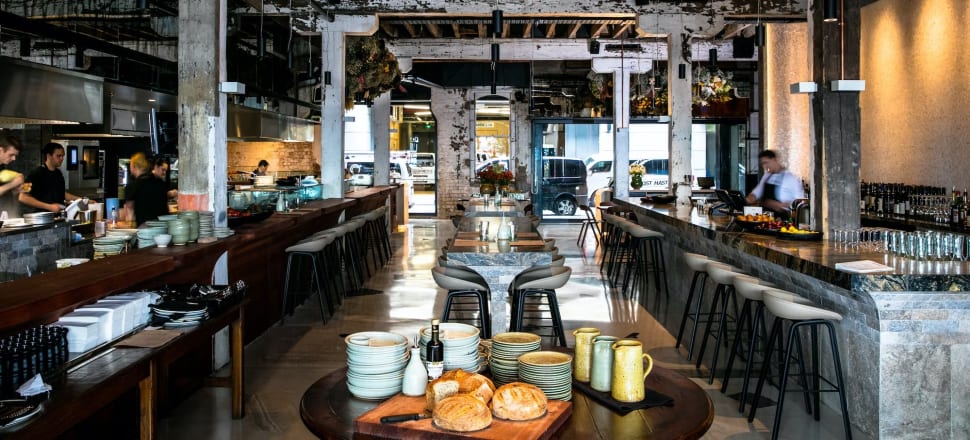
With no sign of easing just yet, rising food costs have restaurateurs looking to utilise secondary cuts of protein to claw back some margin
Restaurants’ menu prices have struggled to keep up with food price inflation, and that might just change what you’re getting on your plate come date night.
Food prices are at a 13-year high for the second month running, according to Stats NZ, with an annual increase to September of 8.3 percent, in line with gains seen in the 12 months to August.
The increase was across all food categories included in the Food Price Index, with fruit and vegetable prices up 16 percent, meat, poultry, and fish prices up by 6.7 percent and grocery prices up 7.7 percent.
Restaurant meals and ready-to-eat food prices increased by 6.9 percent in the 12-month period.
Through this inflationary period, restaurants have largely failed to match increases in produce pricing. That’s before counting for wage inflation, a significant cause of margin compression in the hospitality industry.
Savor Group chief executive Lucien Law, responsible for the company’s 14 venues (including Amano, the country’s highest-grossing restaurant), said grocery and restaurant prices were out of whack because supermarkets have more flexibility when it comes to putting prices up.
“Their pricing is probably a lot faster and more sophisticated than a lot of restaurants. They're getting a pricing change every day while restaurants probably only change it out every season.”
While food prices are an important part of the picture, Law said significant pressure was also coming from wage inflation and labour constraints.
He reckoned there weren’t many clever ways to get around the growing price of putting food on the plate.
“I don't think people are changing portion sizes, you've just got to be cleverer with how you're sourcing your product and the cuts of meat you're using. People will be paying more for those premium cuts.
“It’s a good thing too. You're looking at getting outside of just eating snapper and starting to eat more of what would be not the most popular catches like kahawai.”

A much-maligned fish, kahawai requires more careful processing and preparation than the more common eating species to make good table fare.
Focusing on cheaper cuts is nothing new in culinary circles, particularly in certain Asian and Italian cuisines, but Law said the current economic environment was definitely accelerating the trend.
“I think we're all desperate to hold on to our pricing as long as we can.”
As well as delivering cost savings, with the going price for kahawai running at roughly half the price of snapper, there is also a case for sustainability.
Savor’s newest venue, Movida, a brand imported from Australia, has a tripe dish on the menu, but at the same time has all the more expensive trappings like wagyu tartare.
“We're always looking at cuts where we can give the customer something that they think is special. It adds to the experience because you're not cooking a kahawai at home so you're getting something great and you're probably getting good value for money too.”
Wider inflation
Stats NZ releases its food and rent indexes the week before it releases the Consumer Price Index, the definitive measure of inflation for households.
Devon Funds analyst and head of retail Greg Smith said it was frustrating to see food price inflation still riding high because logistics costs and food commodity prices were down on recent peaks.
“There's every reason why prices should be coming down. You've seen dairy prices moderate, it feels a little bit counterintuitive that food prices have been so strong.”
He said there had been an expectation for next week’s inflation figure to have moderated to around 6.5 percent, from 7.3 percent in the previous quarter.
Despite some relief at the petrol station, another element of CPI alongside rent, clothing, utilities, transport and other consumer needs, Smith said it was looking increasingly likely for inflation to come in higher than earlier estimates.







